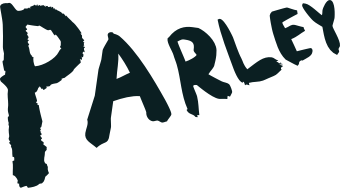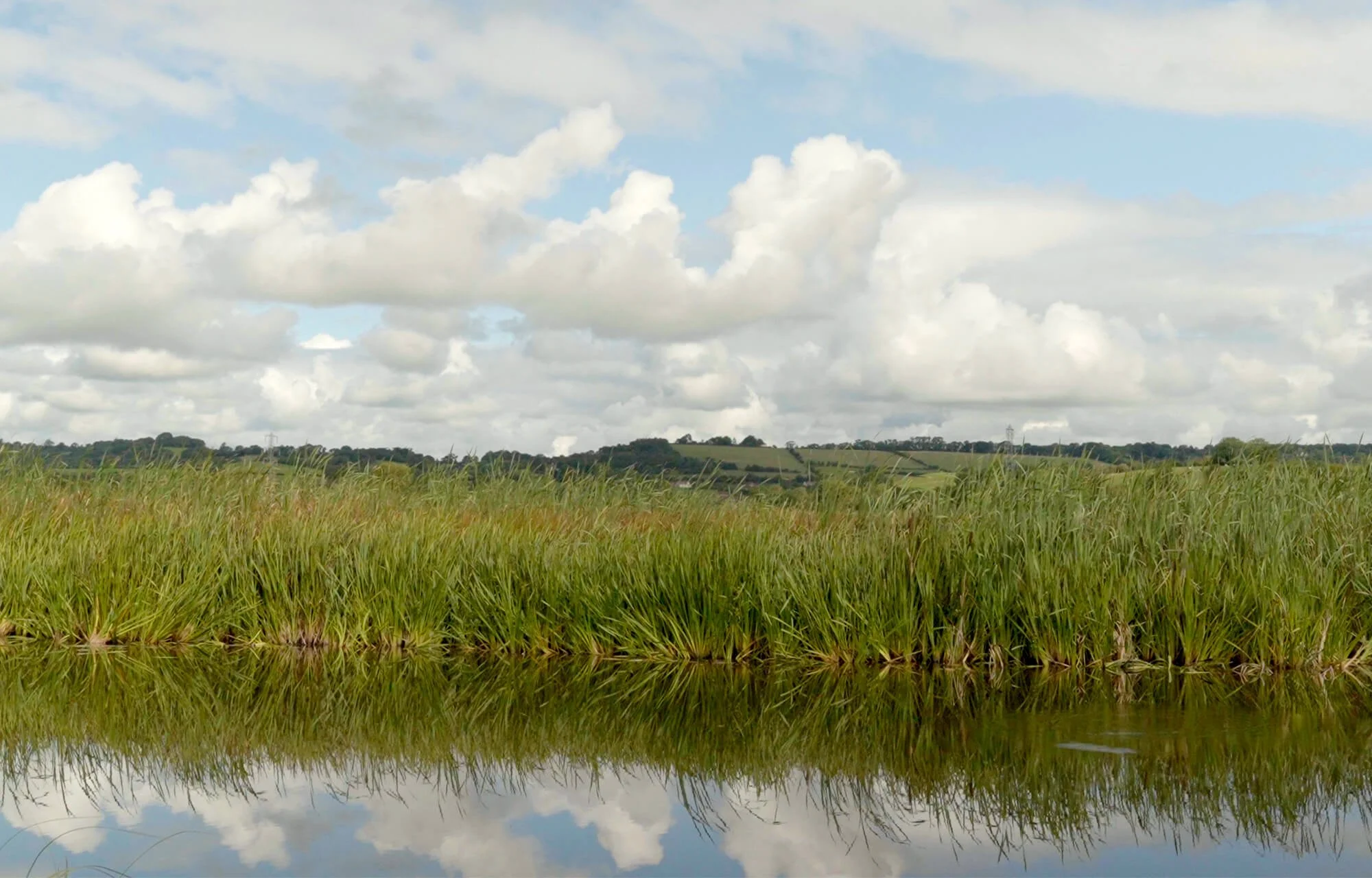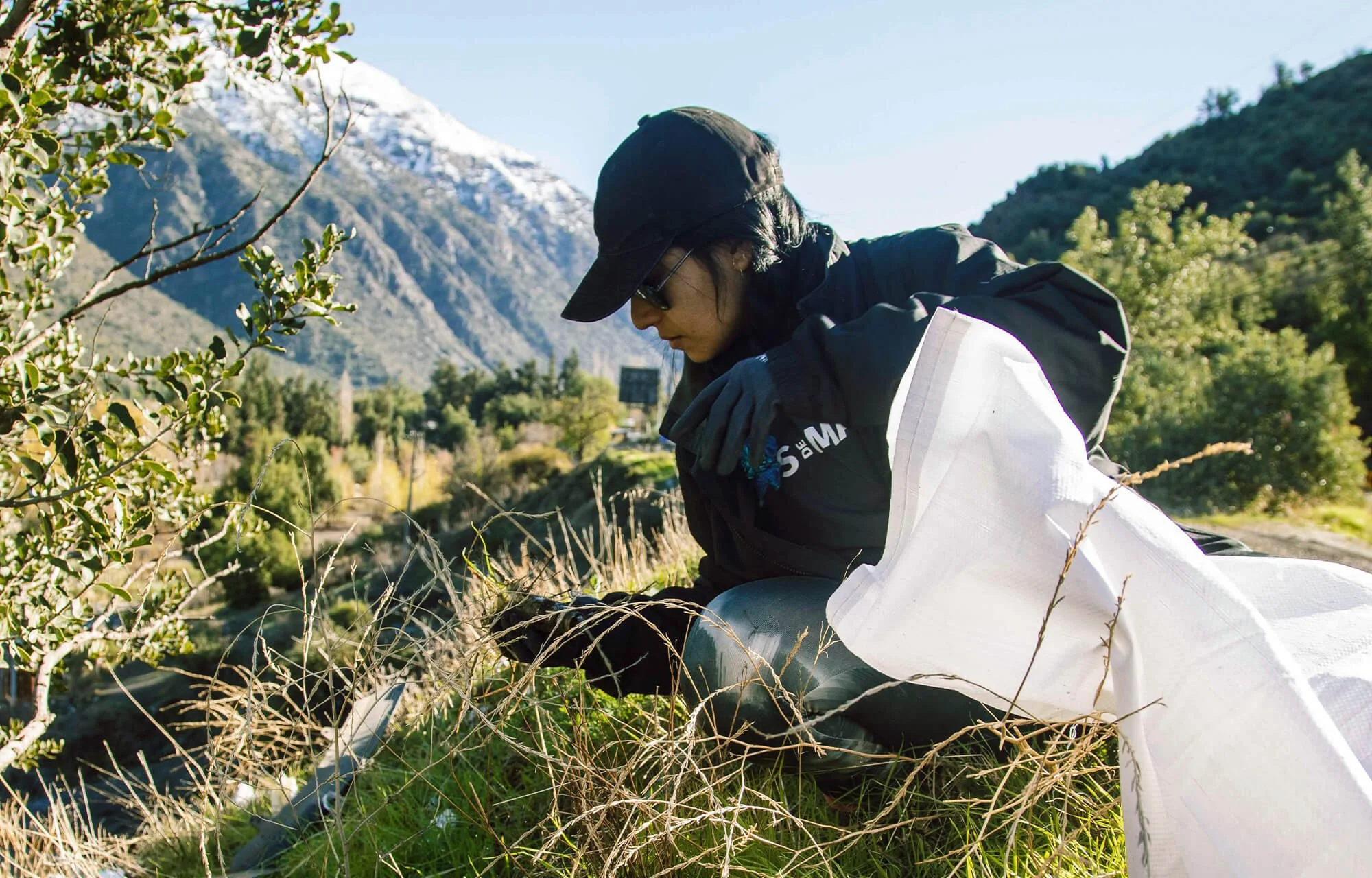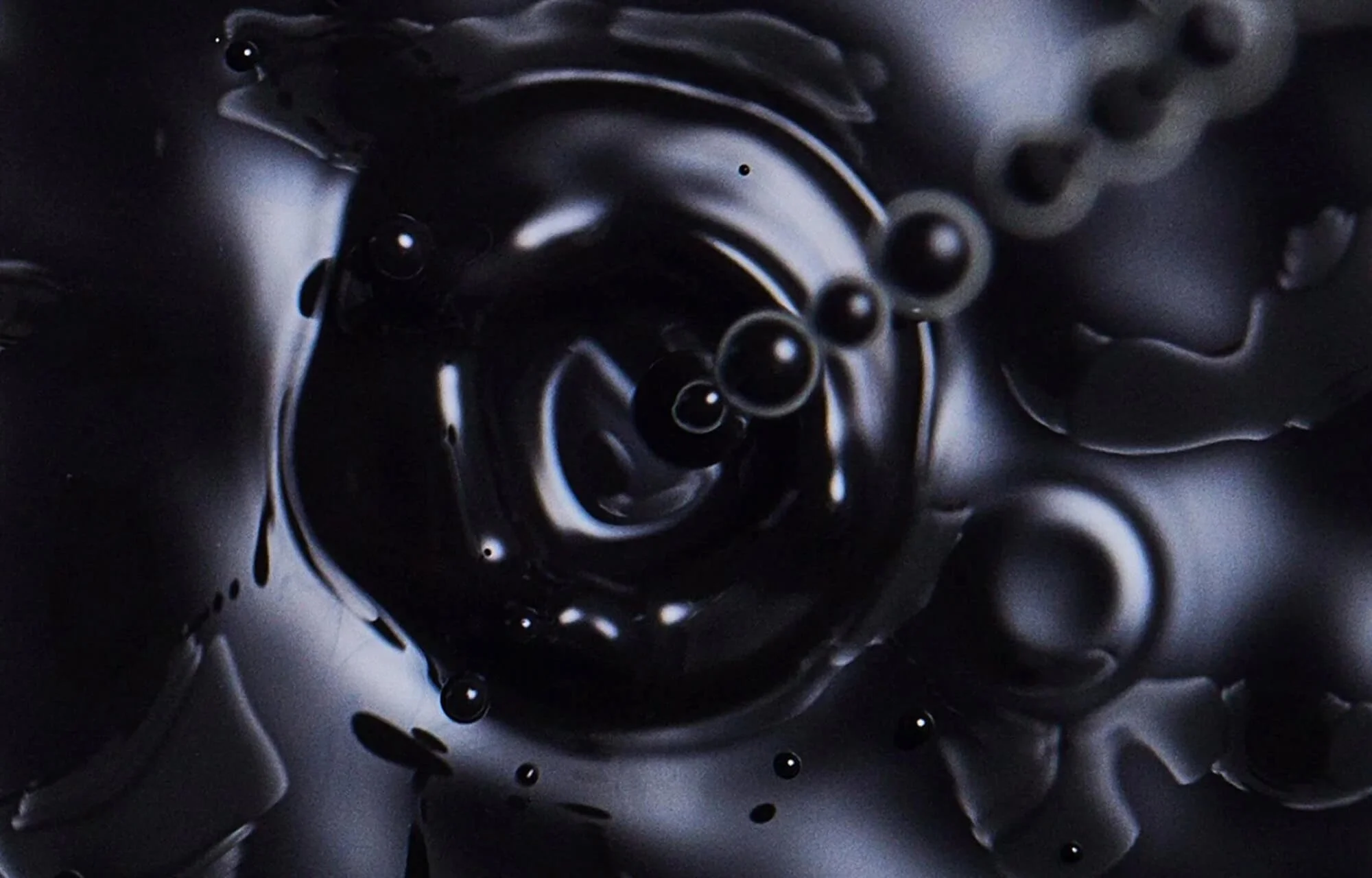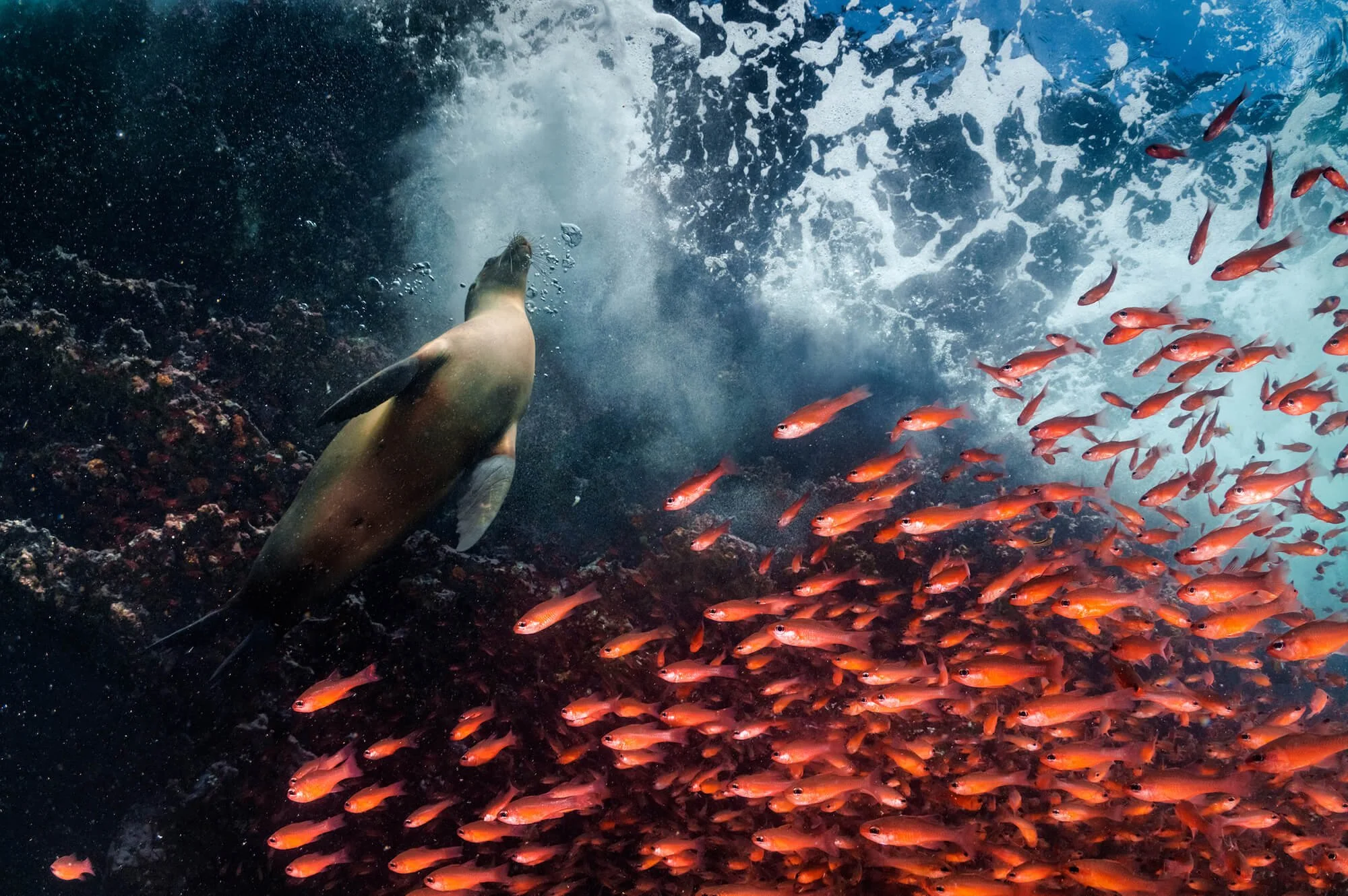A Very Special Cleanup at KalauPapa
THE HISTORY OF THIS ISOLATED PENINSULA ON THE NORTH SHORE OF MOLOKAI IS ONE OF TRAGEDY BUT ENDURING RESILIENCE. IN THIS SPECIAL GUEST POST, PARLEY HAWAIʻI DIRECTOR KAHI PACARRO EXPLAINS THE DEEP SIGNIFICANCE AND TOUGH CHALLENGES OF WORKING HERE
Kalaupapa is a town on the peninsula of Kalawao County in the ahupua’a (land division) of Makanalua on the island of Molokaʻi in the state of Hawaiʻi. Surrounded by the ocean and the world's most prominent sea cliffs, access both to and from here is extremely challenging. Growing up in Hawaiʻi, Kalaupapa was shrouded in mystery and tragedy. In 1865, the government decided that Kalaupapa would make a good site for a leper colony where those seriously afflicted by leprosy (Hansen’s disease) would be exiled and forced to live out the rest of their lives. The discovery of a cure nearly 100 years later allowed those exiled to integrate back into society, given the opportunity to live out the remainder of their lives in Kalaupapa, or a mix of both. Today, only a few residents remain, and Kalaupapa's future is in flux. However, one thing that has remained constant since then is the strong tradewinds that deliver thousands of pounds of external marine debris annually. This is where Parley fits into the story.
One does not just show up to Kalaupapa and say, “We’re here to clean.” If you go to the National Parks Service website, you’ll see this stark warning: “Access to the park, including Kalawao County, the Kalaupapa Trail, the settlement, and Waikolu Valley, is restricted to residents and visitors with approved permits issued by Hawaiʻi State Department of Health. Violations will result in arrest/fine.”
It had taken us nearly a decade of ongoing work with the local community, nonprofit partners and government to gain the trust to be endowed with the opportunity to collaborate with Sustainable Coastlines Hawaiʻi in cleaning up the beaches of Kalaupapa. We were now heading there with permits by invitation and choice, whereas those exiled had none. With the task of cleaning up the entire coastline of Kalawao, the work would be extremely challenging, but something we were capable of completing. Little did we know that during this work, we would be enlightened to the overwhelming theme of Kalaupapa: resilience.
As we began our heavy work on the edges and within the settlement, despite the historic sadness and sorrow, we witnessed a sense of happiness and belonging through the forced resilience and community created through exile. Residents here had no other choice but to live sustainably or perish. A shared realization and connection between the residents created an atmosphere of love and acceptance. Few other places in the world could exemplify such utter understanding and love. A place where no one cared what you looked like, and your character and ethics truly defined you as a human. These realizations reframed my sentiments about Kalaupapa. I no longer pictured glum patients exiled to an inescapable peninsula but rather a tight-knit community of humans that made the most of what they had and created a new world full of love and understanding.
In true Hawaiian fashion, the local community and the forced exiles made the most of their situation and created a sustainable lifestyle based on the indigenous knowledge of the area. This approach to life can positively impact us all. Removing the emphasis on visual appearance and focusing more on character and ethics. Looking to the indigenous peoples for solutions while assisting when accepted. Seeing a situation nearly all would see as a negative and turning it into a positive. I now take massive inspiration from the residents, past and present of Kalaupapa and aim to inspire others to as well.
“As we began our work, we witnessed a sense of happiness and belonging through the forced resilience and community created through exile. Residents here had no other choice but to live sustainably or perish.”
Kahi Pacarro — Parley Hawaiʻi
The cleanup was 110% successful with the team filling a total of 41 huge silo bags of debris and flying them out of the settlement thanks to the leadership of Sustainable Coastlines Hawaiʻi working with us in collaboration with the National Parks Service, the State of Hawaiʻi Department of Forestry, the remaining residents of Kalaupapa and the local community of Molokaʻi.
In serendipitous timing, on our last night in Kalaupapa, the voyaging canoe Hōkūleʻa pulled into port as part of their statewide tour to pay their respects to the few remaining patients. As Parley continues our work worldwide, crossing paths with Hōkūleʻa signifies that we are doing the proper job in the right areas. It’s happened three times now, and as Hōkūleʻa launches their next expedition around the world, we look forward to many more overlaps.
My cup was not just filled with happy tears, it was overflowing with reciprocal gratitude as we lifted from the tiny runway in a tiny plane headed for topside. From the accomplishments of our hard work to the relationships and understandings of those living in and managing the Settlement, the trip was a massive success. Most importantly, I look forward to revisiting Kalaupapa and peeling back more of the layers of what this place is all about. Granted not all of it will be positive, but if I know the community of Kalaupapa, I know they made the most of whatever situation was placed before them. In honor of them, I will too.
Images courtesy of Sustainable Coastlines Hawaiʻi.
Many thanks to Packem for designing and producing the silo bags and mochila (backpacks) used during these cleanups.
